
Ever wondered what makes Concord wine so different from Bordeaux or Moscato? This bold, grapey original is as American as PB&J — sweet, nostalgic, and unapologetically fun. In this guide, we’ll delve into its flavour profile, winemaking quirks, food pairings, top wines, global regions, and its sustainability story.
Concord wine is made from 100% Concord grapes, a Vitis labrusca variety native to North America. Discovered in 1849 by Ephraim Wales Bull in Concord, Massachusetts, the grape went on to become a household name in the form of Welch’s grape juice, jellies, and jams. Welch's is a major producer of Concord grape juice in the Lake Erie wine-growing region, further cementing the company's association with the area's grape industry.
Concord grapes are often used to make grape jelly, grape juice, grape pies, grape-flavoured soft drinks, and candy. But beyond lunchboxes, Concord became a cornerstone of kosher wines and a cult favourite for those who like their wines bold, sweet, and unapologetically fruity.
Unlike European Vitis vinifera grapes, such as Cabernet Sauvignon or Chardonnay, Concord has a slip-skin structure (the skin separates easily from the pulp), dark blue-purple berries, and a highly aromatic compound called methyl anthranilate. The skin of a Concord grape is typically dark blue or purple and often is covered with a glaucous epicuticular wax “bloom” that can be rubbed off. This gives Concord its trademark “foxy” aroma — a musky, candy-like scent that critics once derided but fans have come to embrace as authentic Americana.
If vinifera wines are symphonies of nuance, Concord is a rock anthem: loud, direct, instantly recognizable, and impossible to ignore. It is the PB&J of wine — simple, sweet, comforting, and culturally iconic.
The short answer: almost always.
Most Concord wines are finished sweet or semi-sweet, with sugar levels deliberately left high to counter the grape’s natural acidity and tame its “foxy” bite. Dry versions exist, but without sugar, Concord can taste aggressively musky — like eating grape skins by the handful.
Manischewitz, the world’s most famous Concord brand, describes its wine as “sweet but balanced, with the distinct aroma of fresh Concord grapes.” Boutique wineries like Mazza Vineyards highlight their “sweet, fruity, distinctive Concord flavour.”
The cultural significance of Concord has also contributed to its charm. Jewish families traditionally drank Concord wines at Passover seders, where sweetness carried symbolic weight. Likewise, Midwestern wineries leaned into sugar to make Concord approachable for new drinkers.
If dry European wines are like black coffee, Concord is a vanilla latte: indulgent, approachable, and made for pleasure.
Making Concord wine is more of an engineering challenge than an art. Unlike vinifera, which ripens to 22–24°Brix (enough sugar for 12–14% alcohol), Concord often stalls around 15–16°Brix. To achieve a drinkable alcohol level, winemakers chaptalize (add sugar) during fermentation.
It’s built for aromatic punch and sweet satisfaction, making it more like an adult grape slushie than a contemplative Bordeaux. Concord is also sometimes used in a blend with other wines or ingredients, such as rhubarb, to create unique flavours or cocktails.
Some producers experiment with freeze fermentation, freezing juice or must to concentrate sugars before the fermentation process begins — essentially creating an ice wine effect. This yields a rich, jammy, dessert-like Concord.
Concord is a sensory sledgehammer.
If Cabernet Sauvignon is a leather armchair in a cigar lounge, Concord is a grape popsicle at a summer fair. Both enjoyable, but worlds apart.
Concord isn’t a wine for haute cuisine. It’s for comfort food, bold flavours, and playful contrasts. Some of the best pairings for this wine are:
Concord works where a wine needs to stand up and punch back. It’s not subtle, but it makes food fun.
Concord thrives where vinifera struggles. Its cold-hardiness allows it to survive brutal winters that would kill Cabernet vines, a trait that suits agricultural conditions in regions like the U.S. Lake Erie, Pennsylvania, and New York — the largest grape-growing regions east of the Rockies.
Globally, Concord remains a niche wine grape. But in the U.S., it’s a cultural staple, with more than 30,000 acres planted and over 150,000 tons harvested annually — mostly for juice but increasingly reclaimed by wineries for local pride. In the United States, 417,800 tons of Concord grapes were produced in 2011.
Concord’s genetics make it sustainable:
This lowers chemical inputs and carbon footprint. Industrial-scale production (such as juice and jug wine) often offsets these gains, but boutique growers view Concord as a low-input, climate-resilient option. In an era of warming climates, Concord could serve as a model grape for sustainability — proof that hybrids have a role to play in future viticulture.
Concord wine is more than a drink. It’s a cultural touchstone, a liquid echo of grape juice, PB&J sandwiches, family seders, and summer fairs.
Critics dismiss it as unsophisticated, even “soda with alcohol.” But fans celebrate it as an honest pleasure, perfect to drink when you just want to relax. It doesn’t whisper complexity or something extremely dense; it belts out sweetness. It doesn’t aspire to be Bordeaux; it’s proud to be Concord.
Concord wine is the delicious comfort food of the wine world: bold, sweet, nostalgic, and enduring. Like fried chicken or mac and cheese, it proves that sometimes the most unpretentious flavors are the ones that last longest.
If Cabernet is a tuxedo, Concord is blue jeans. And sometimes, jeans are exactly what you want.

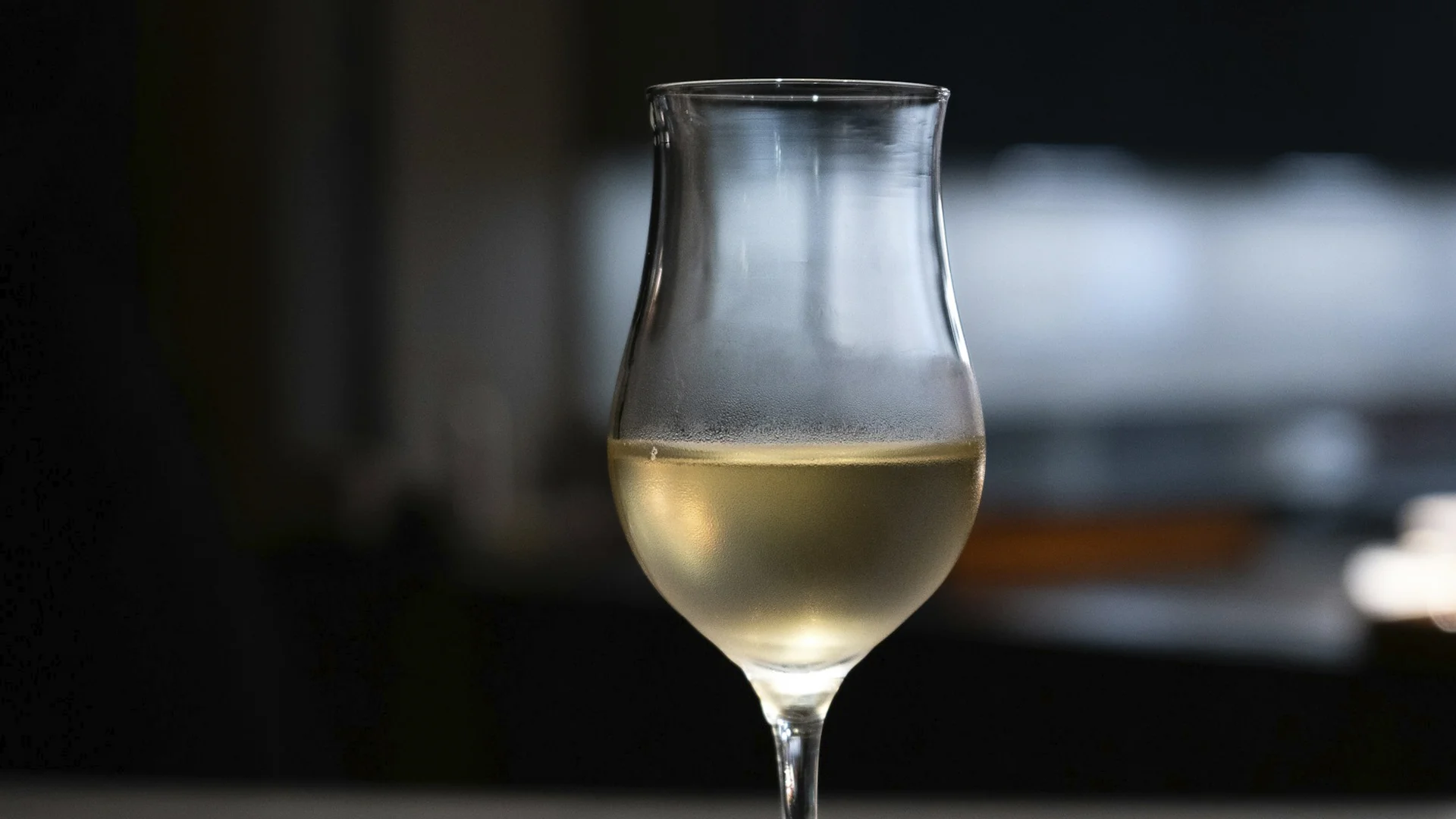
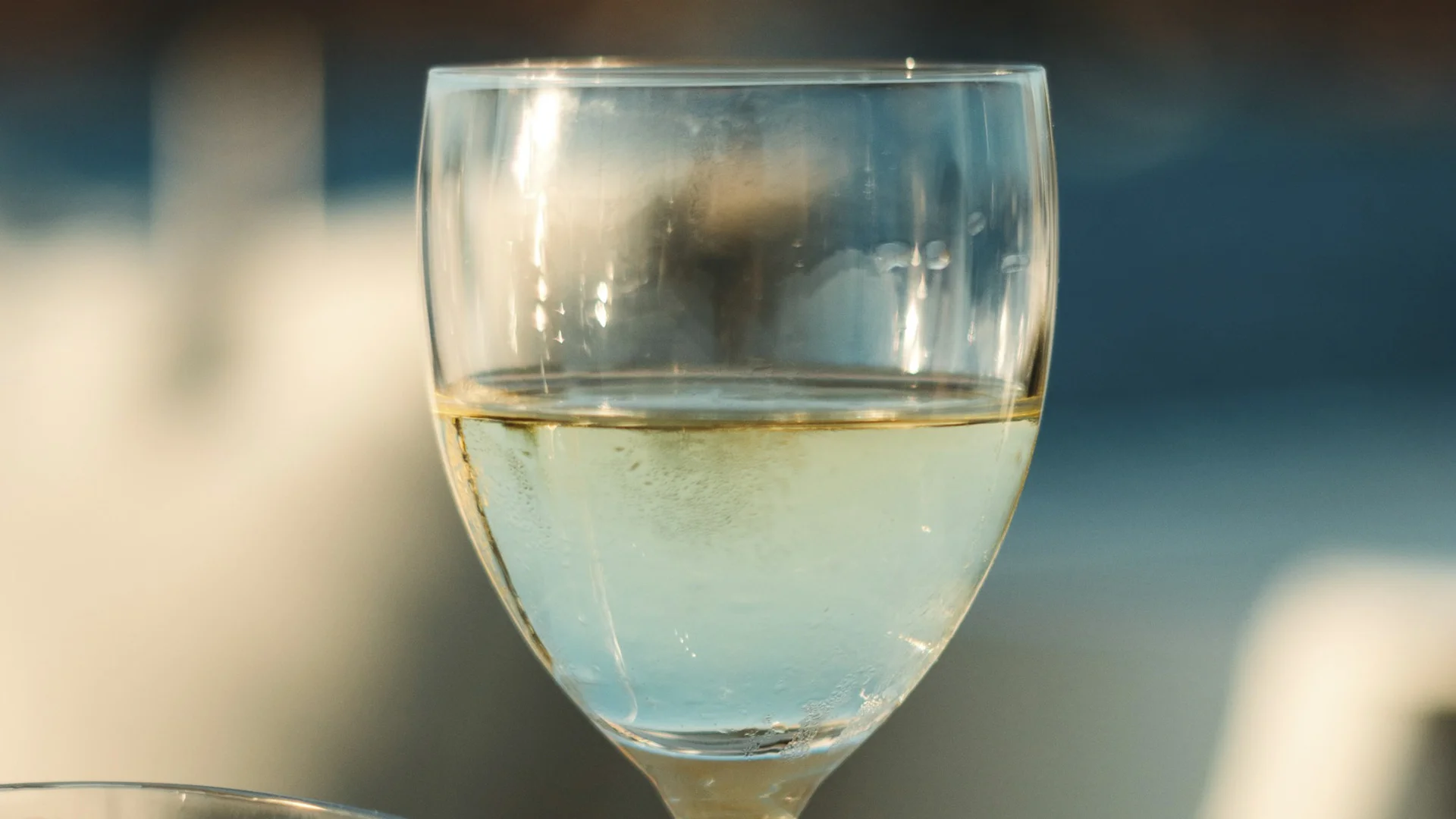



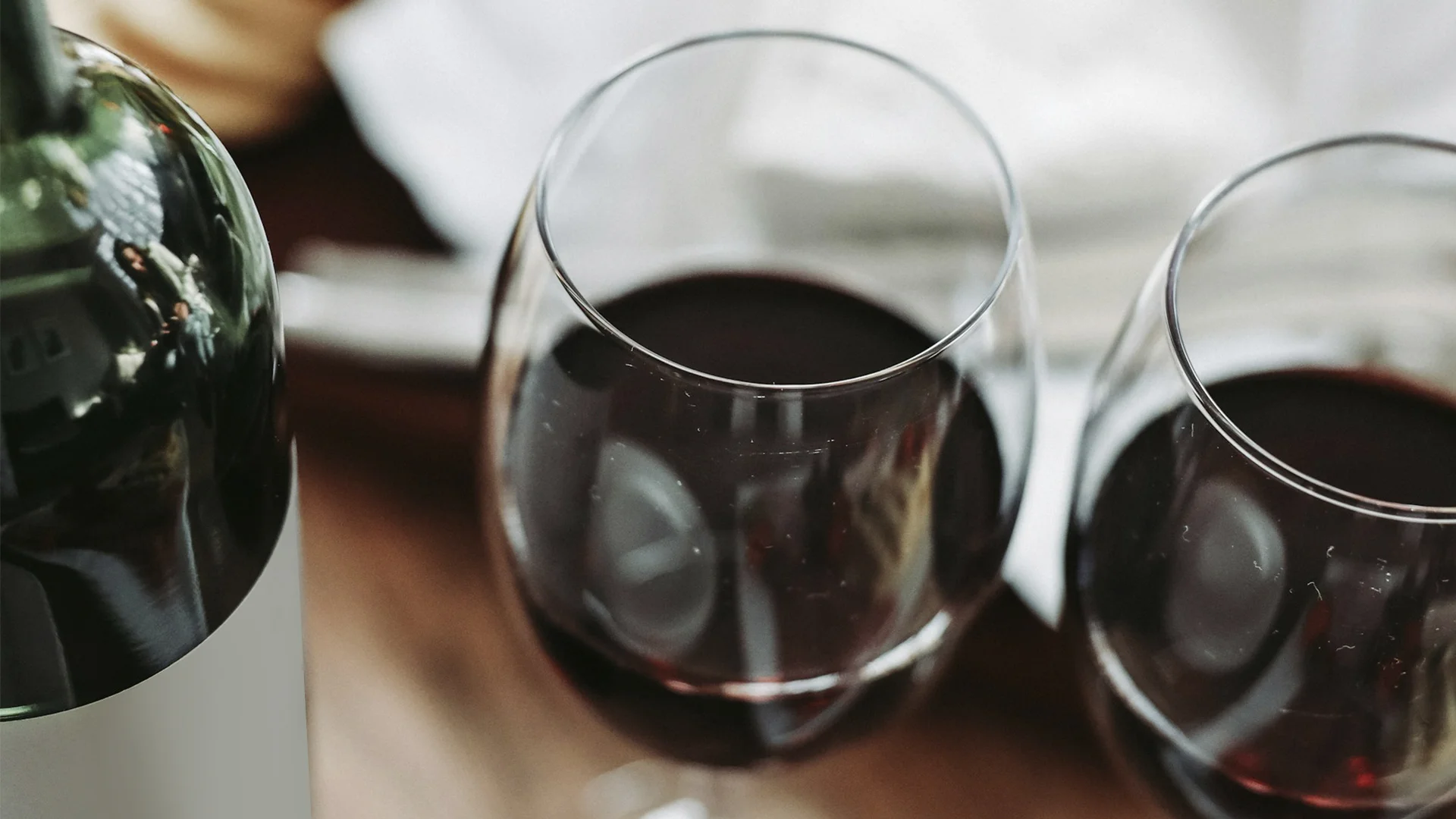
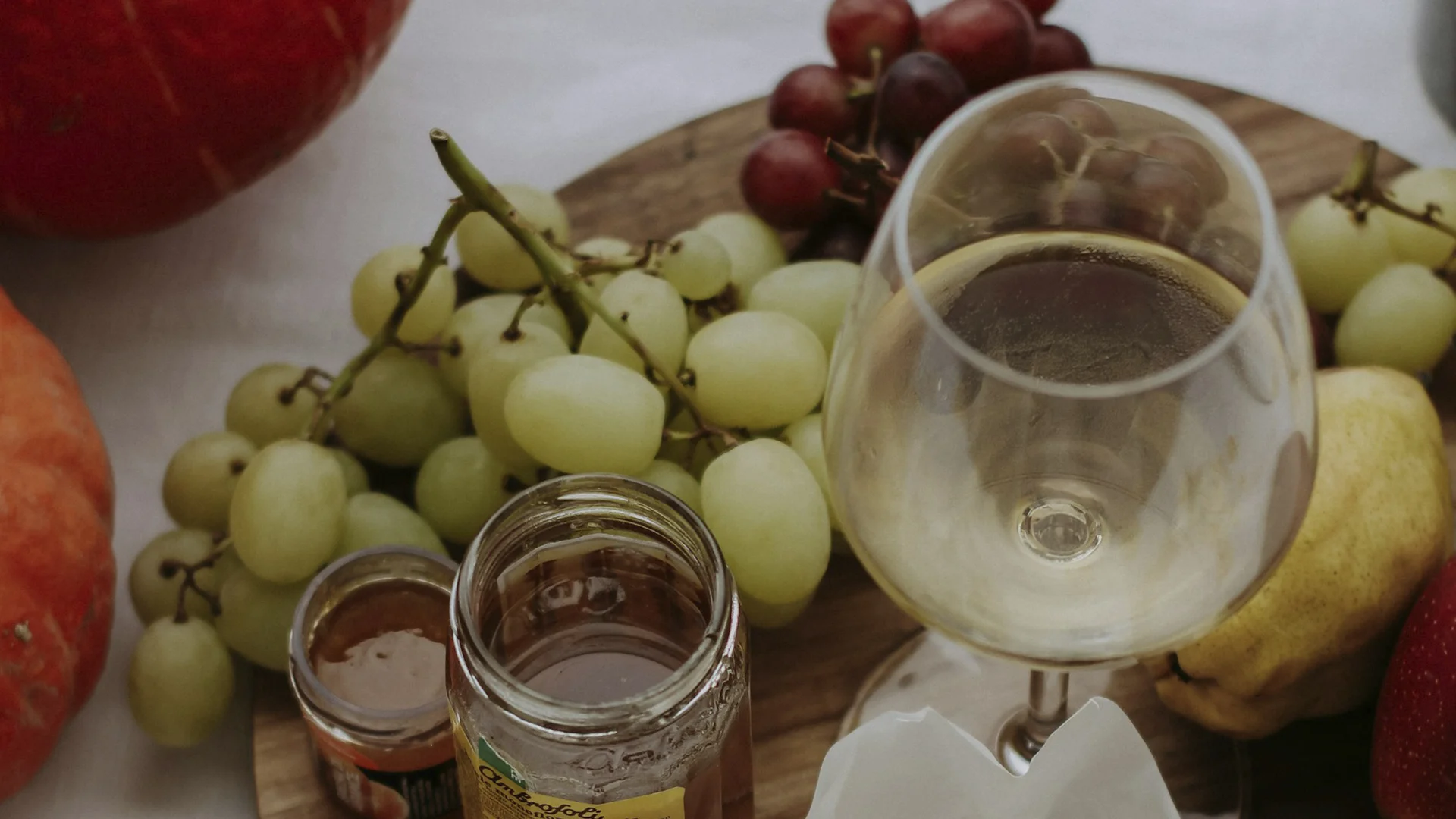


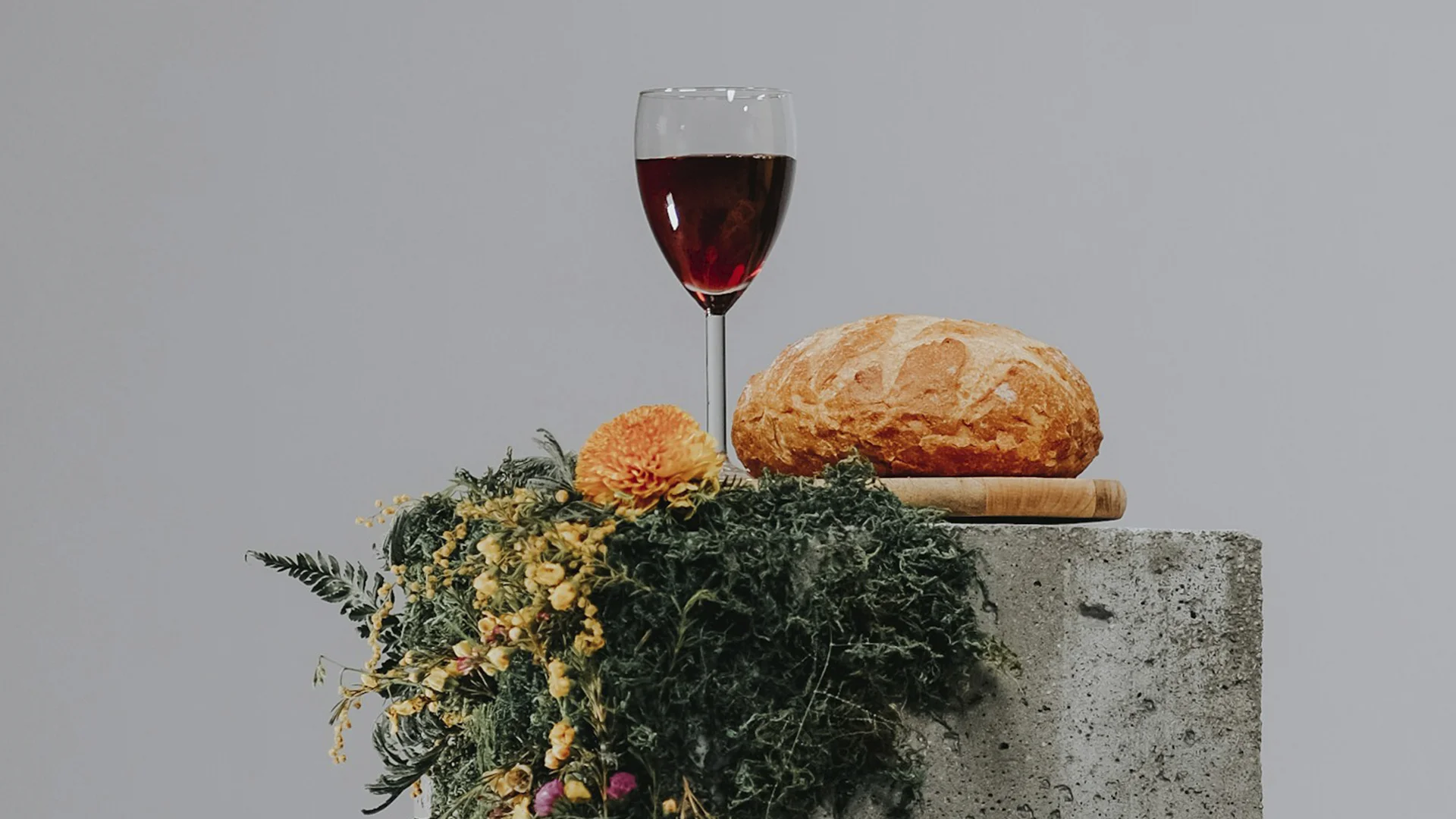



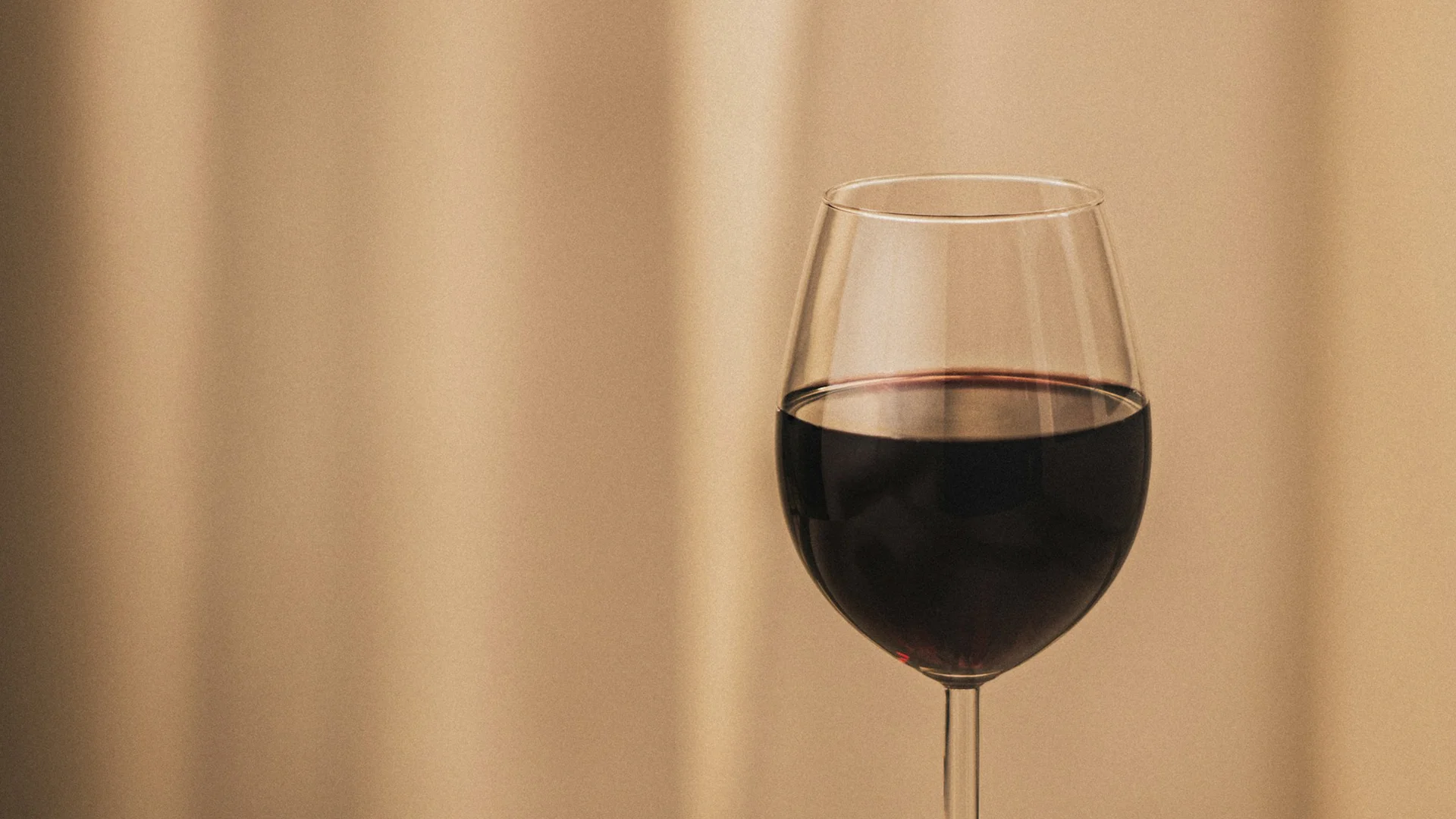
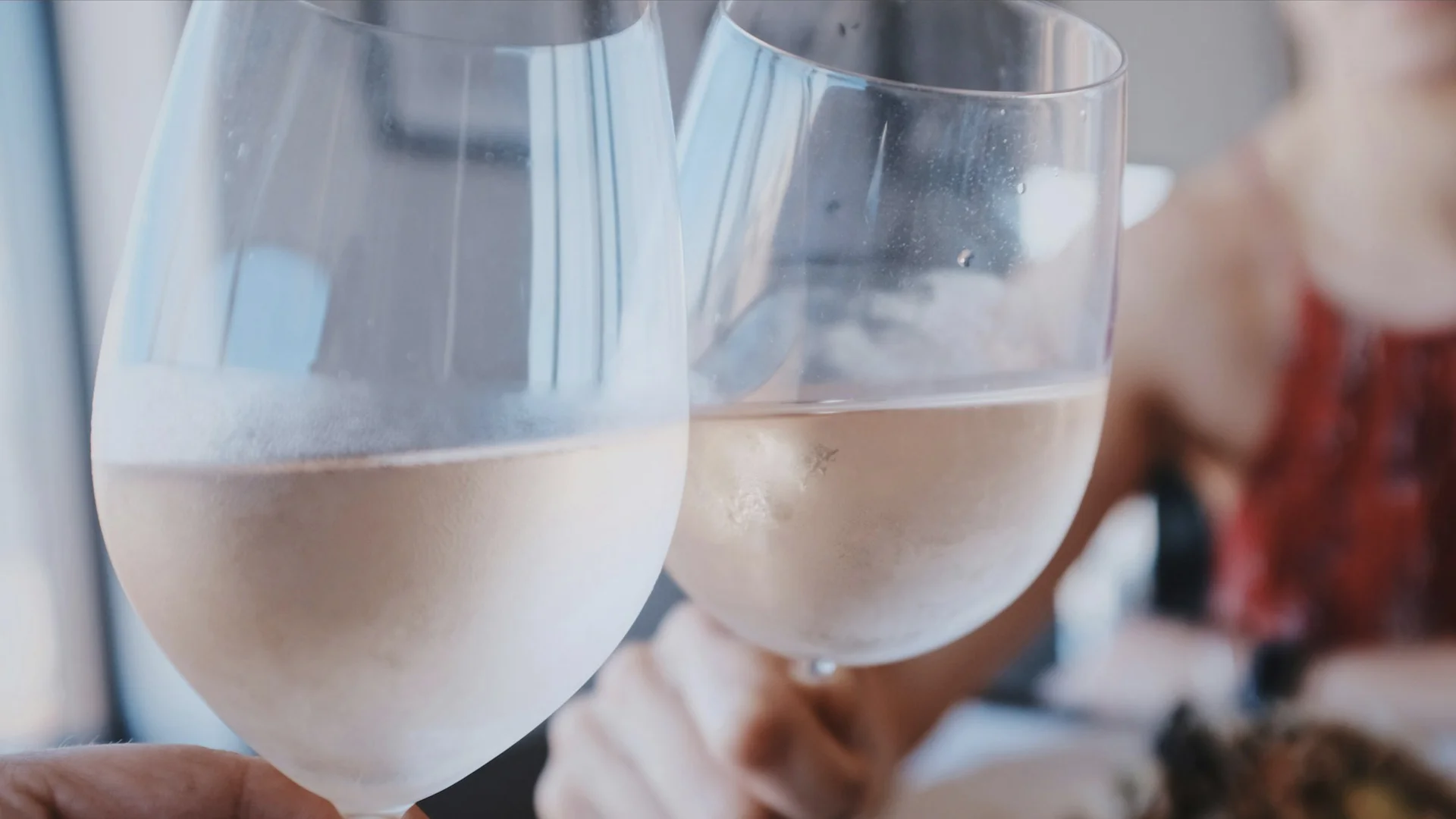

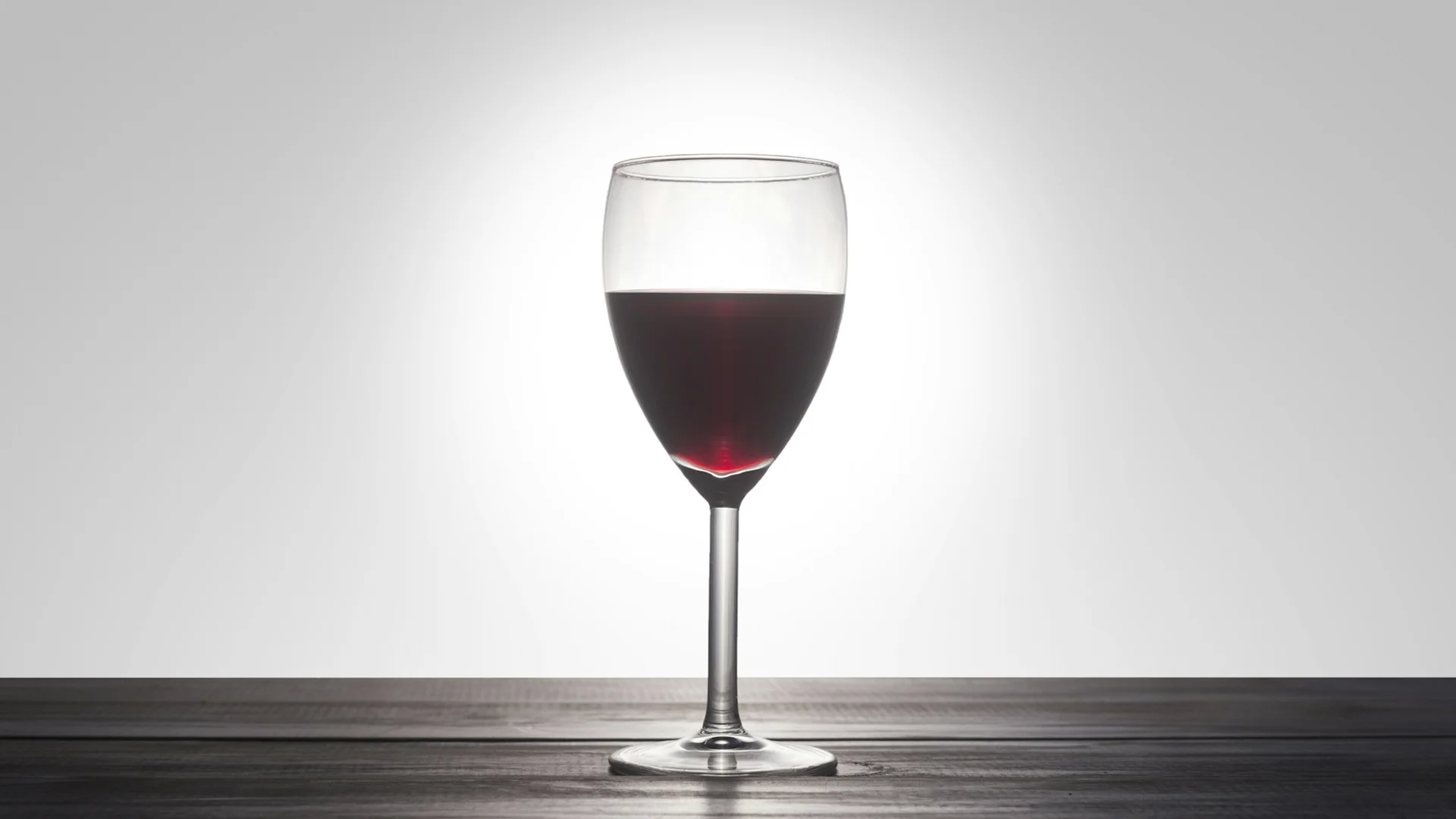


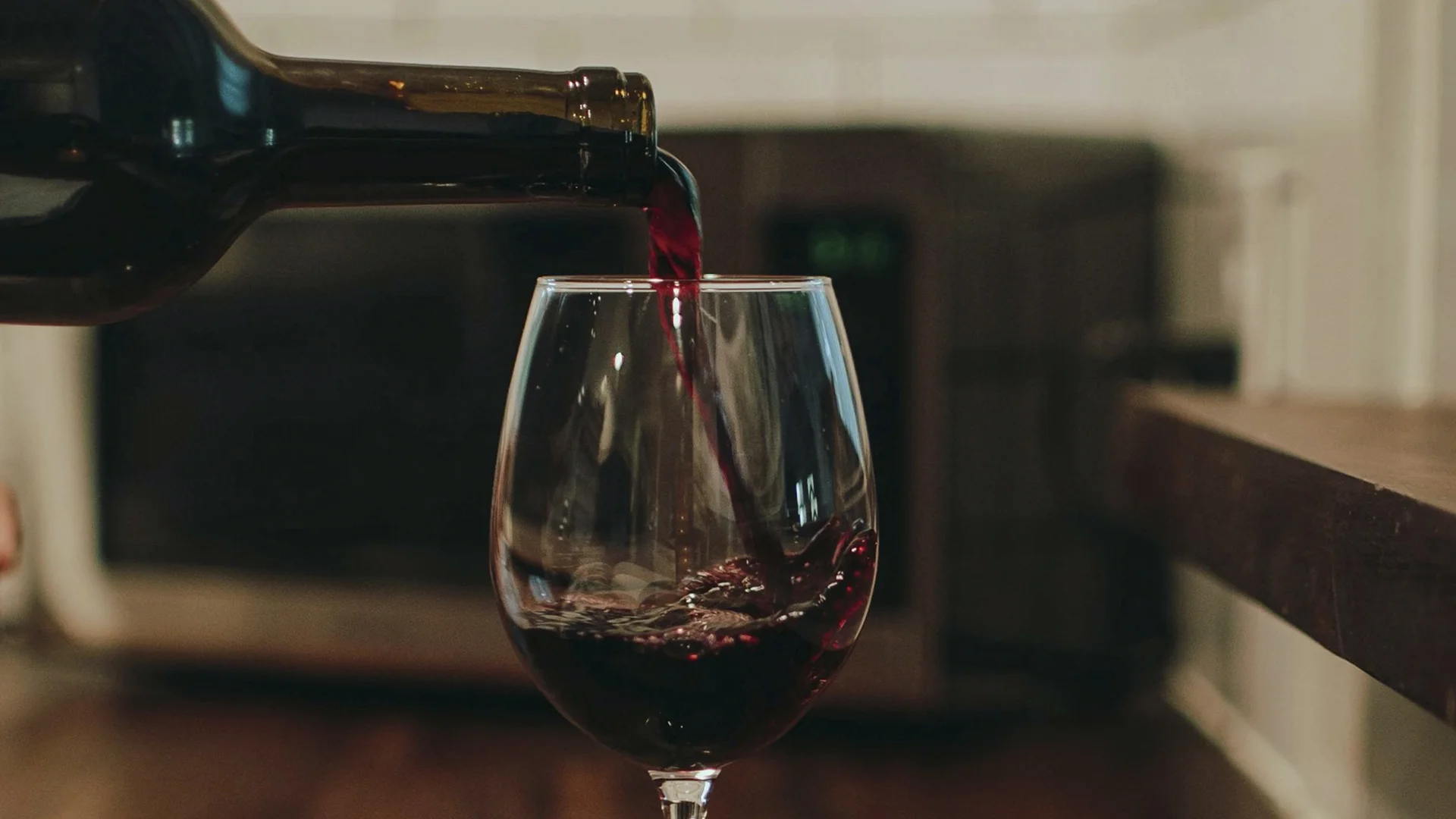
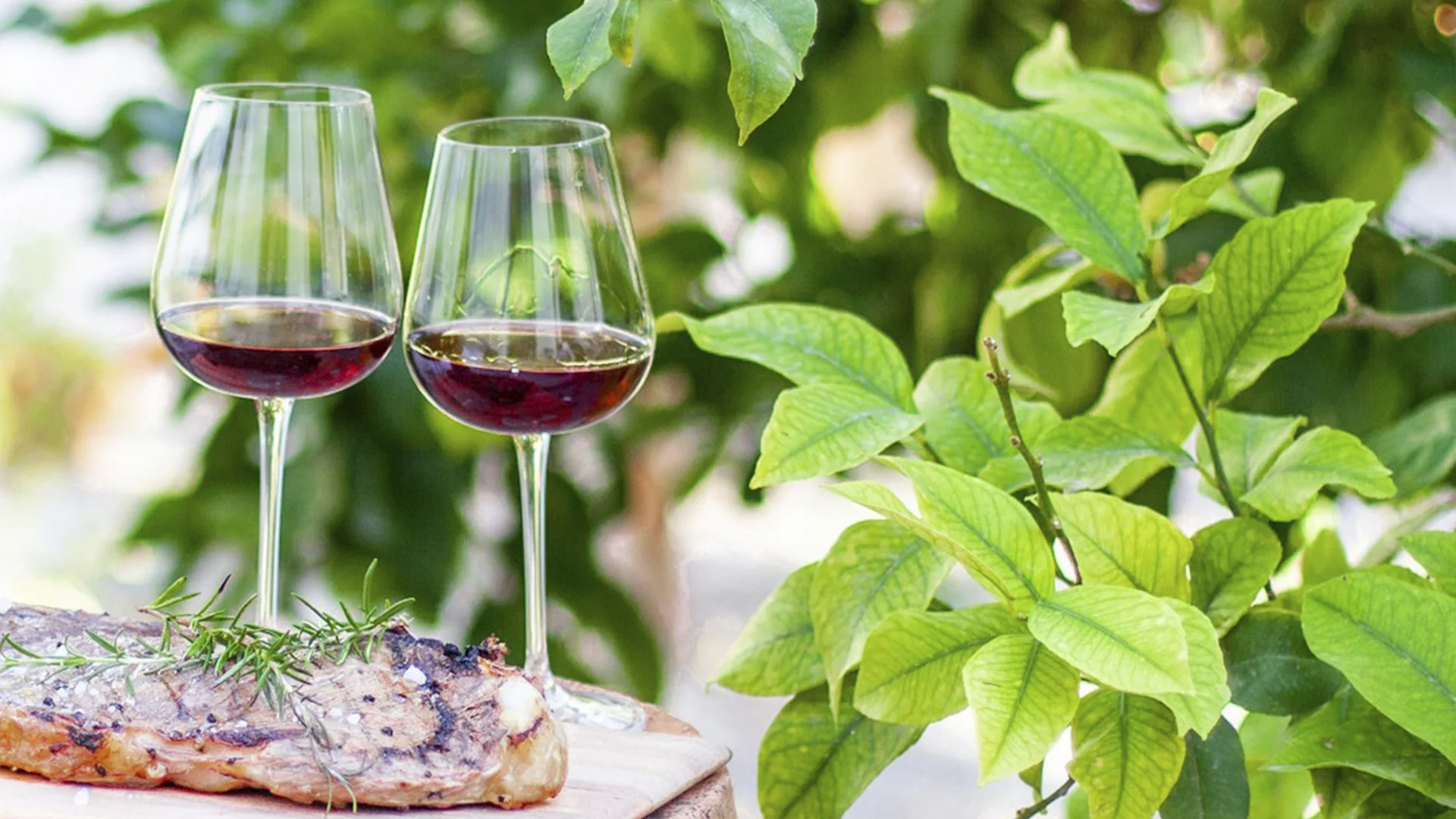

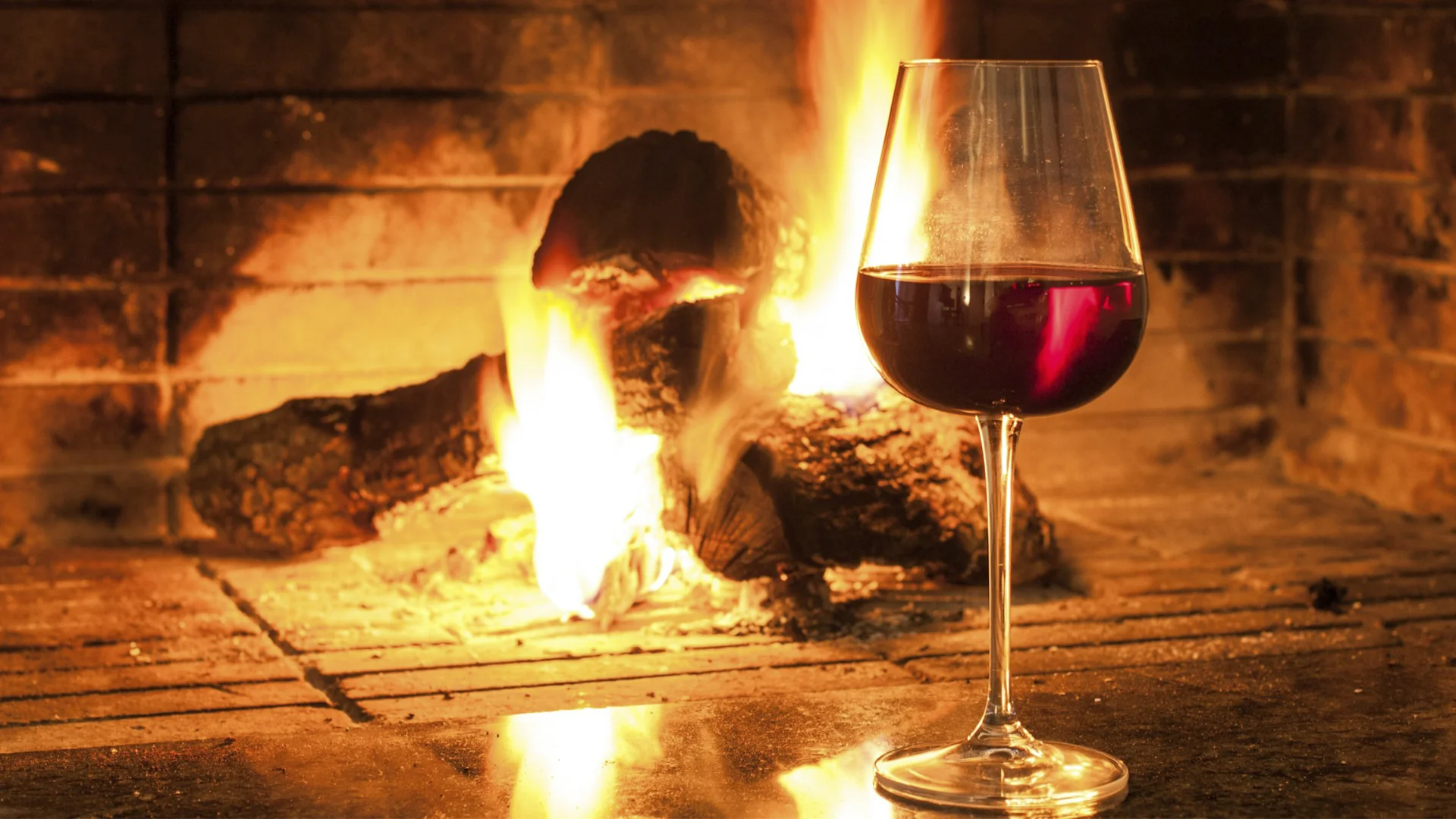
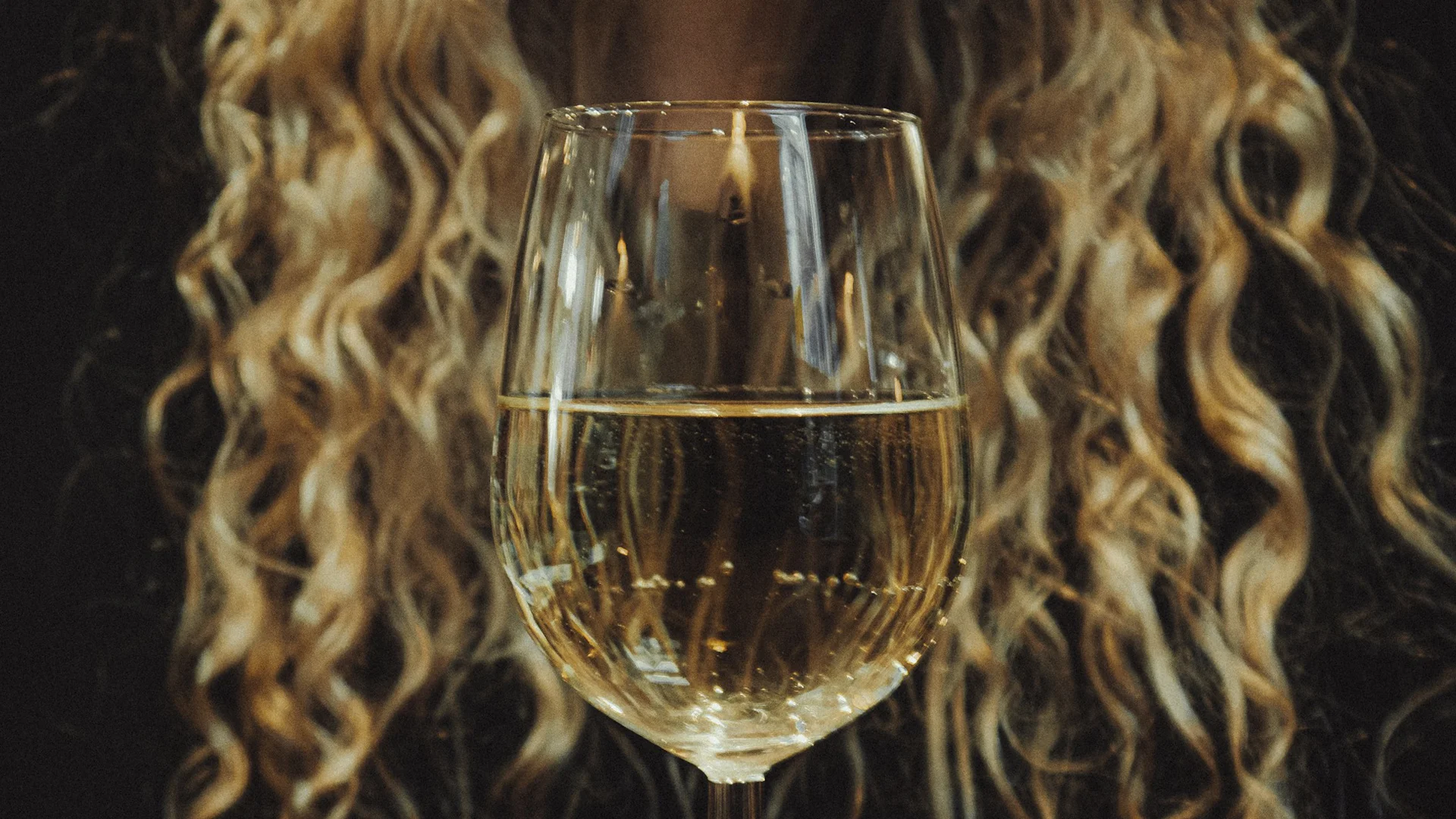

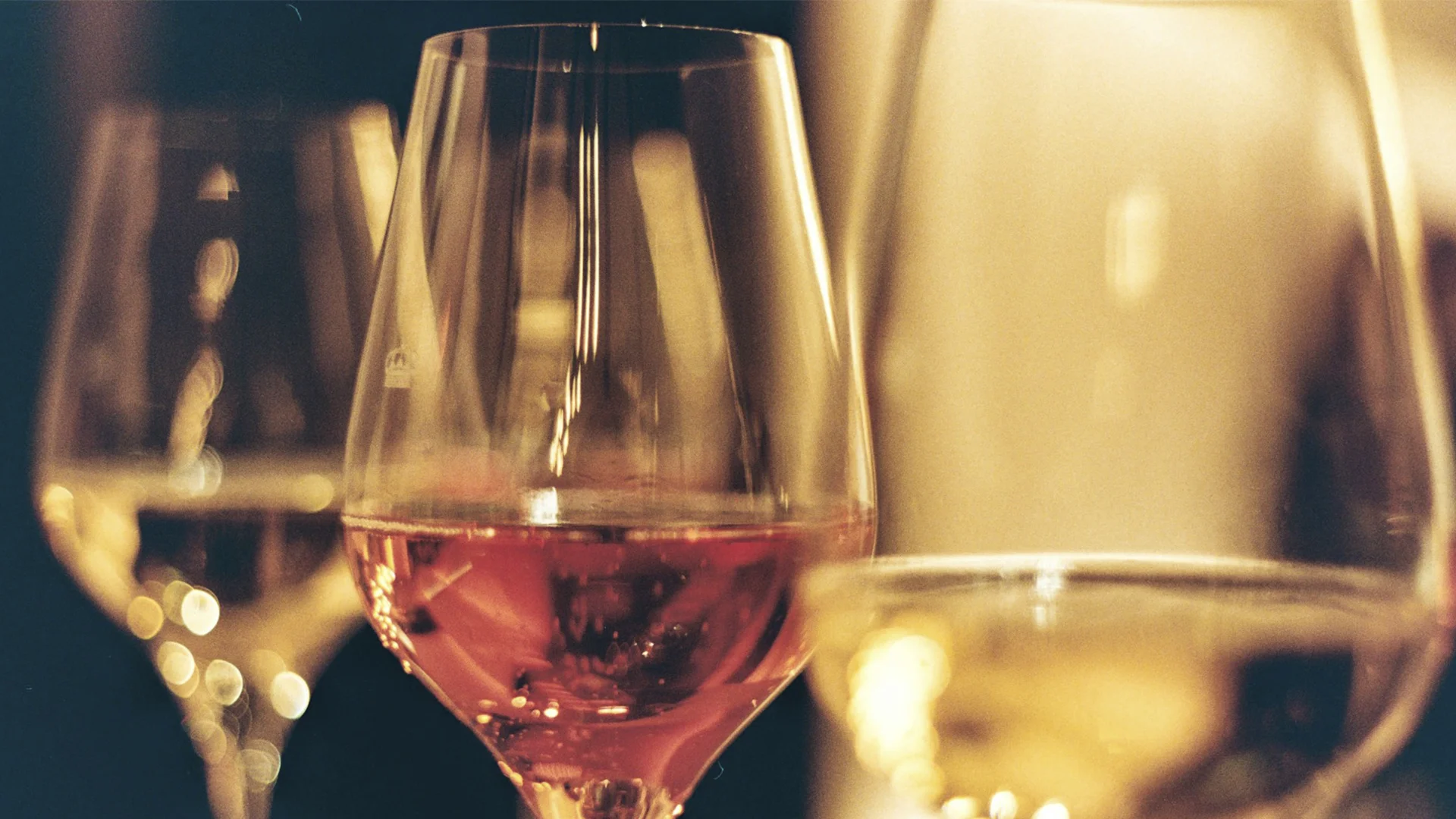
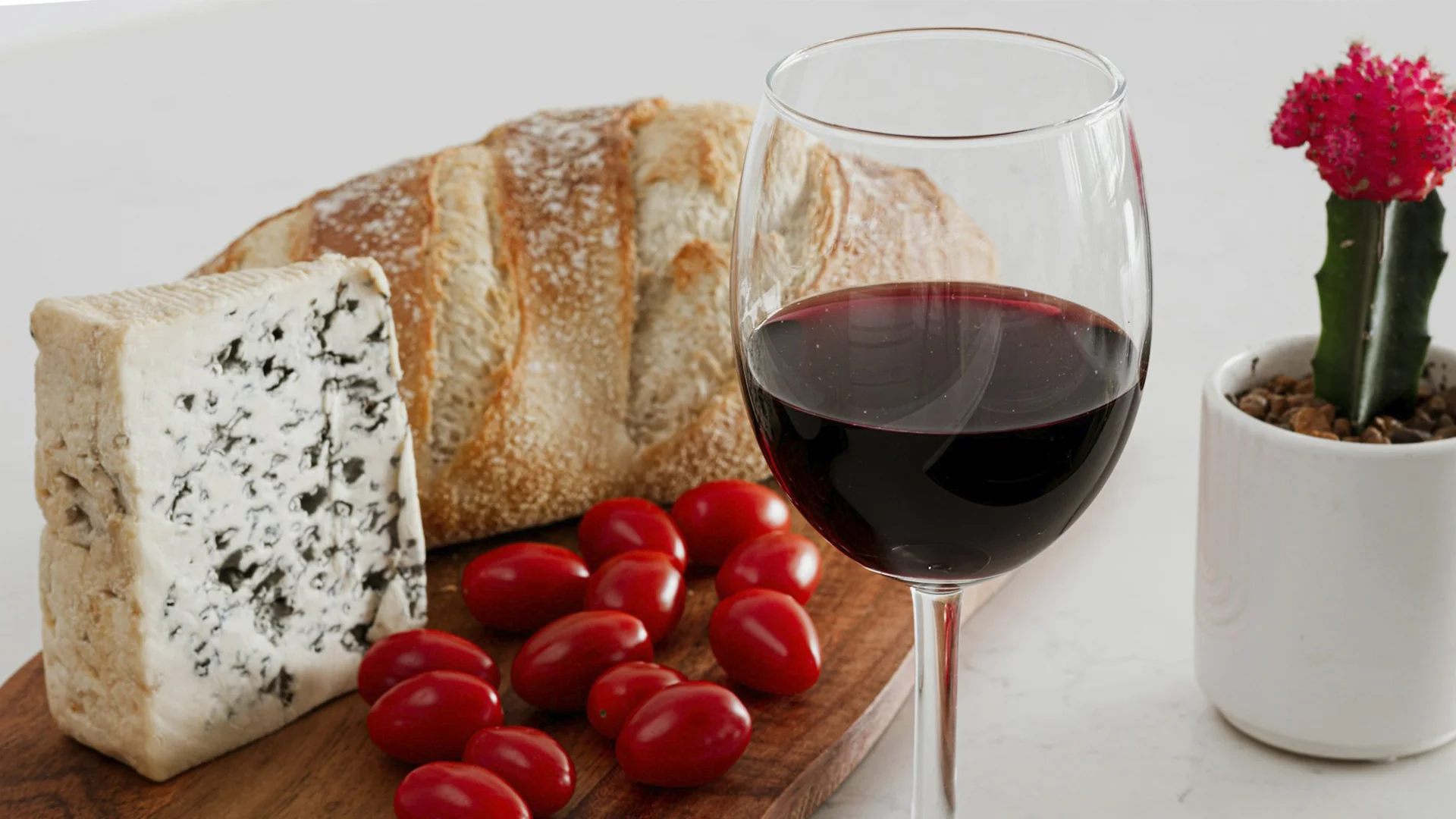



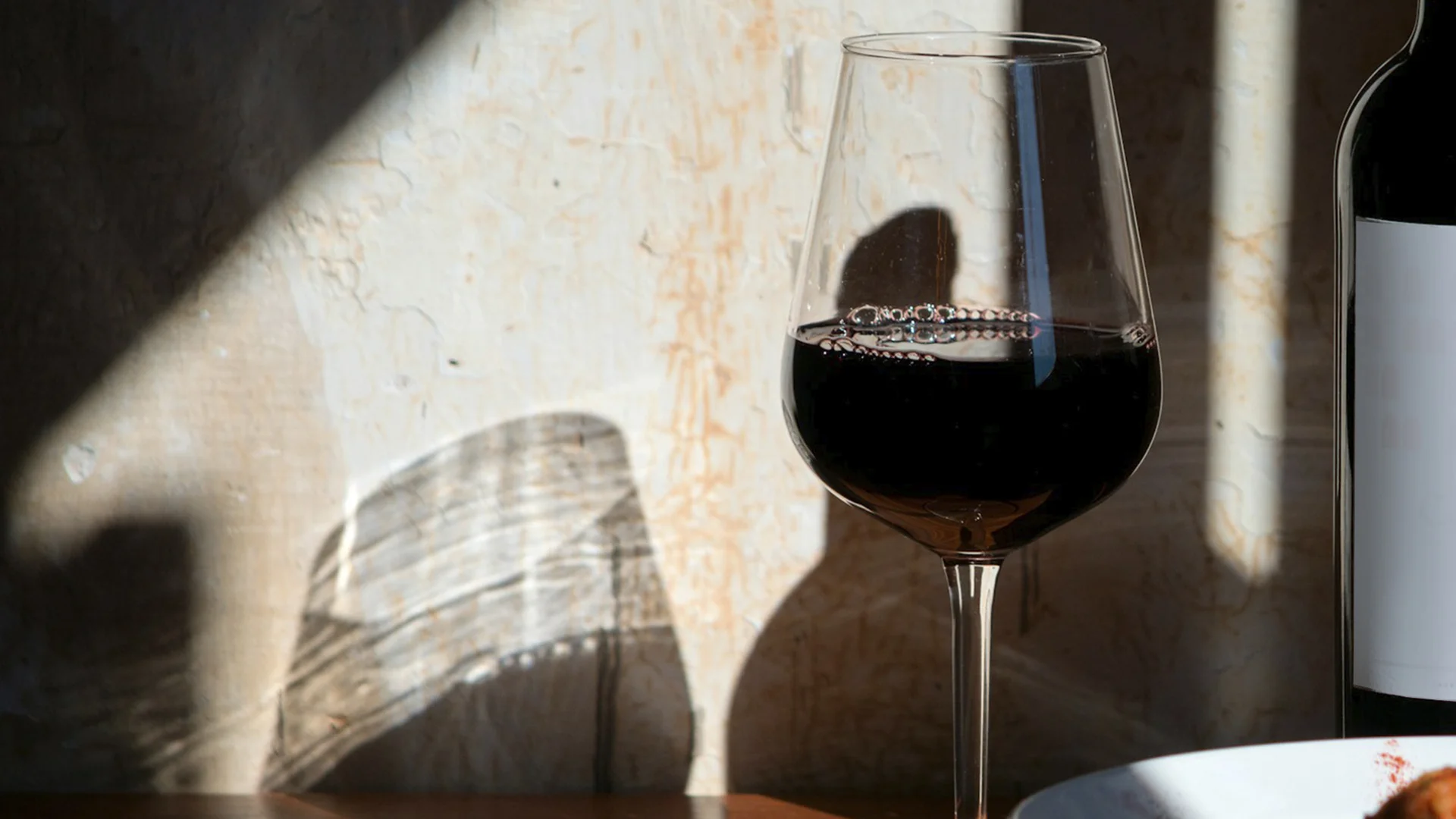
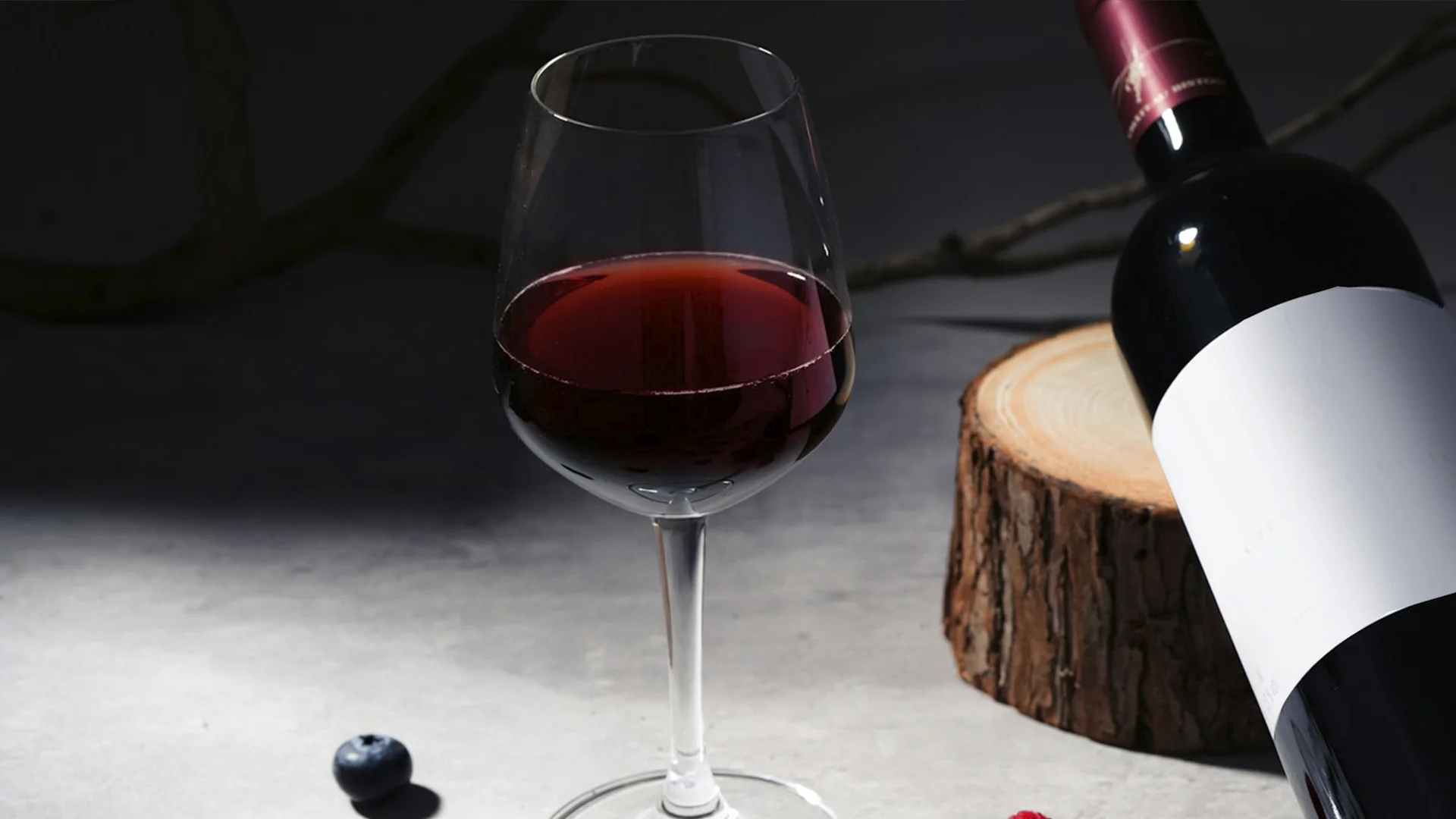

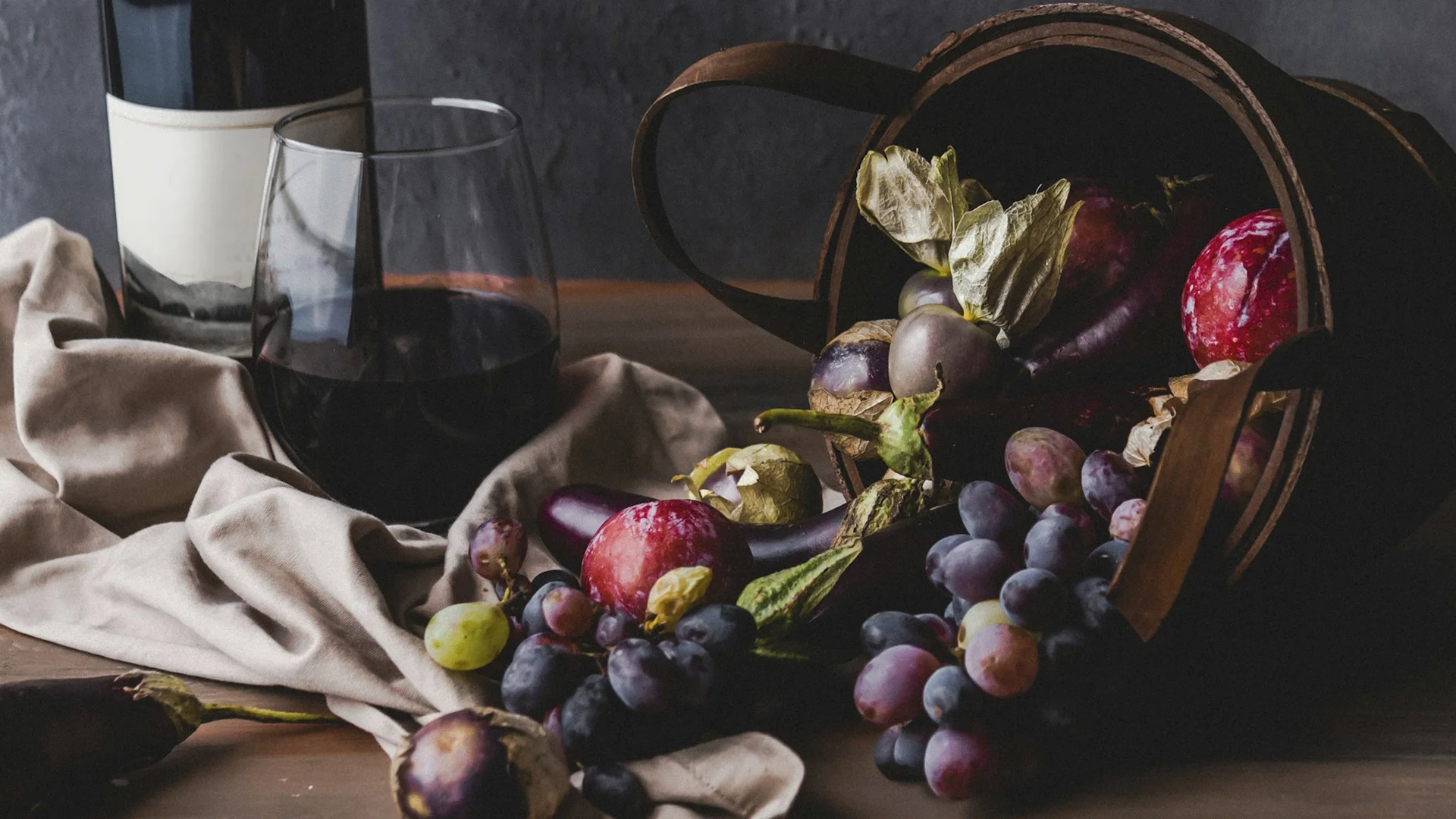
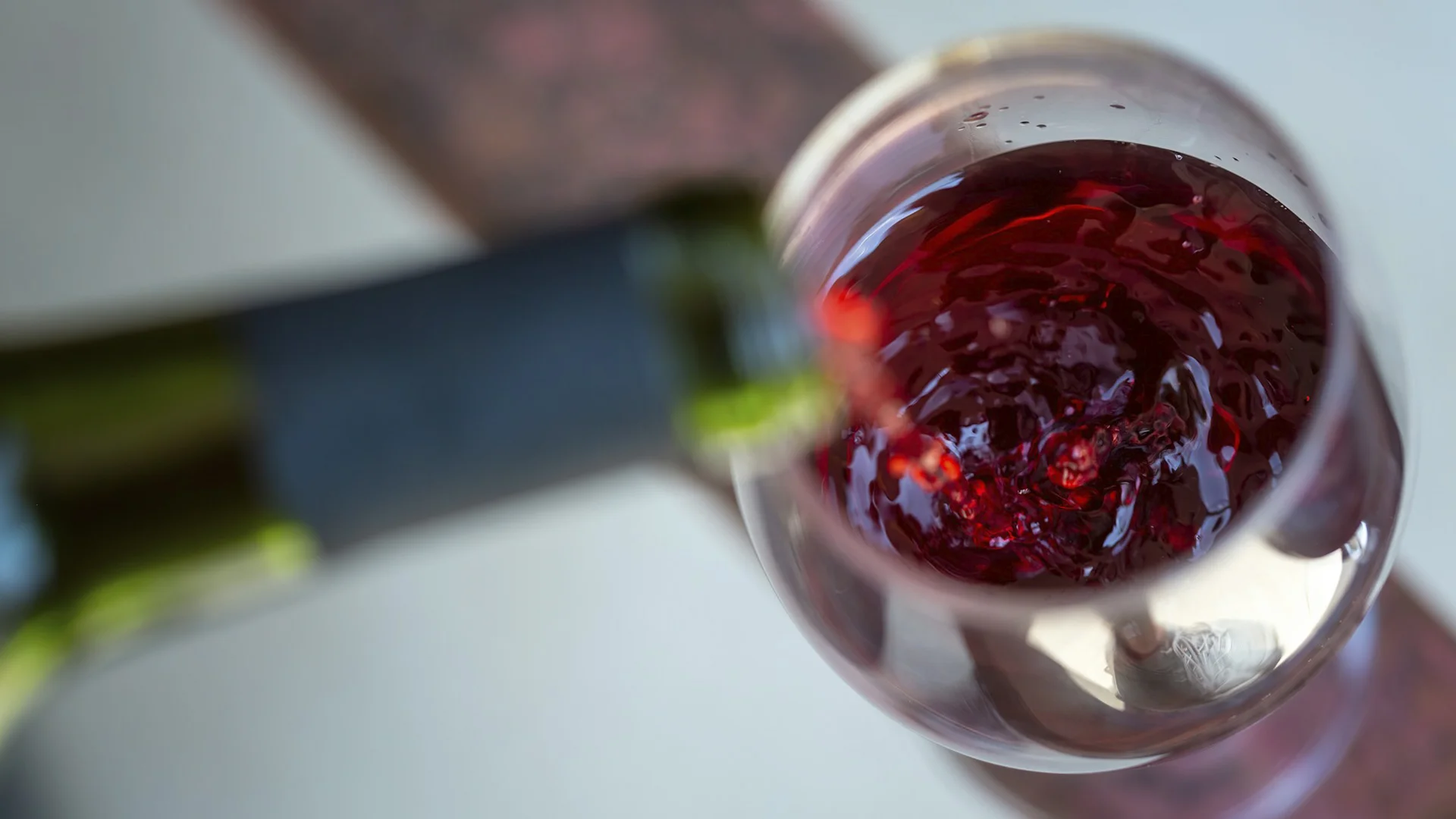
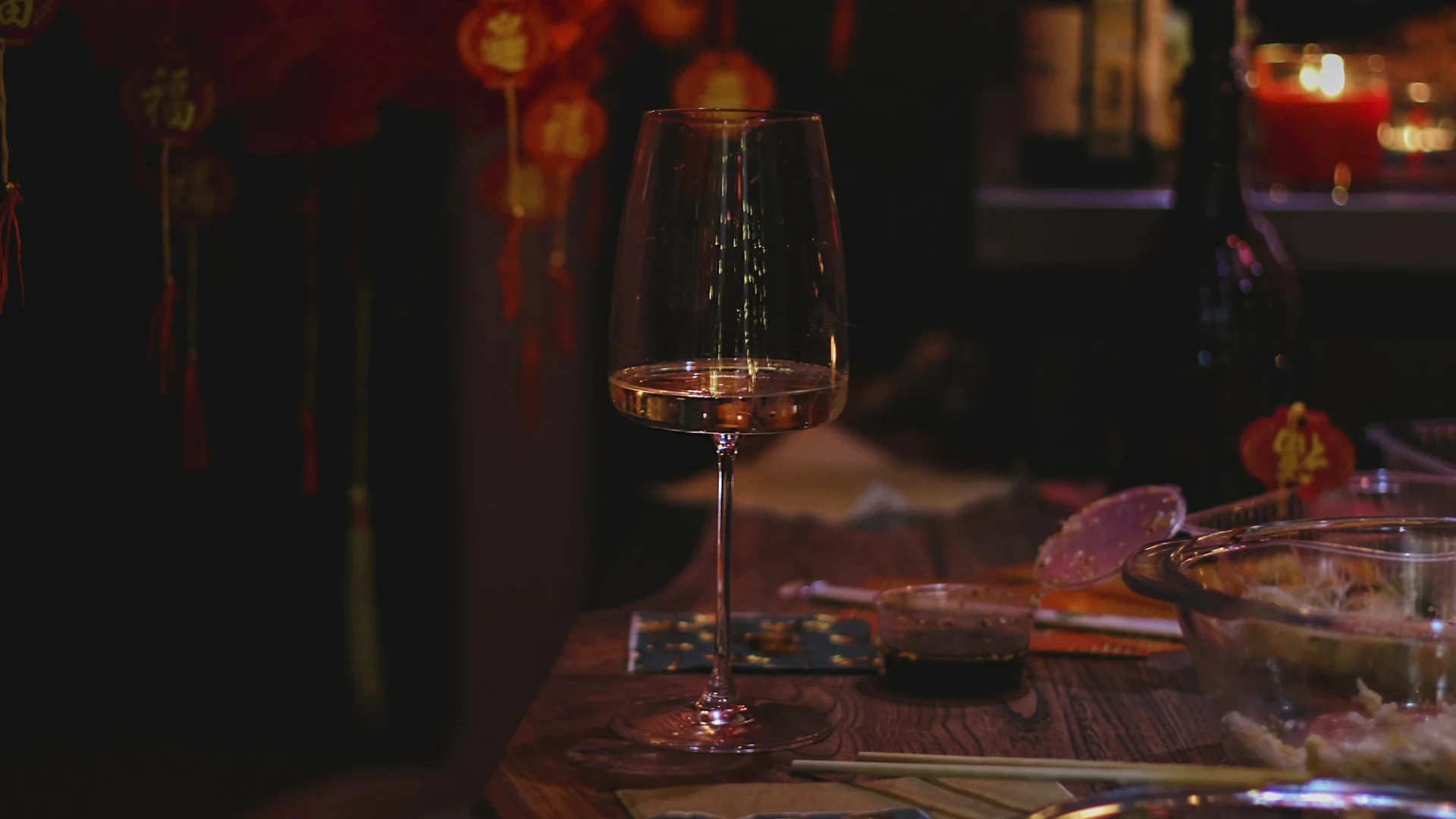






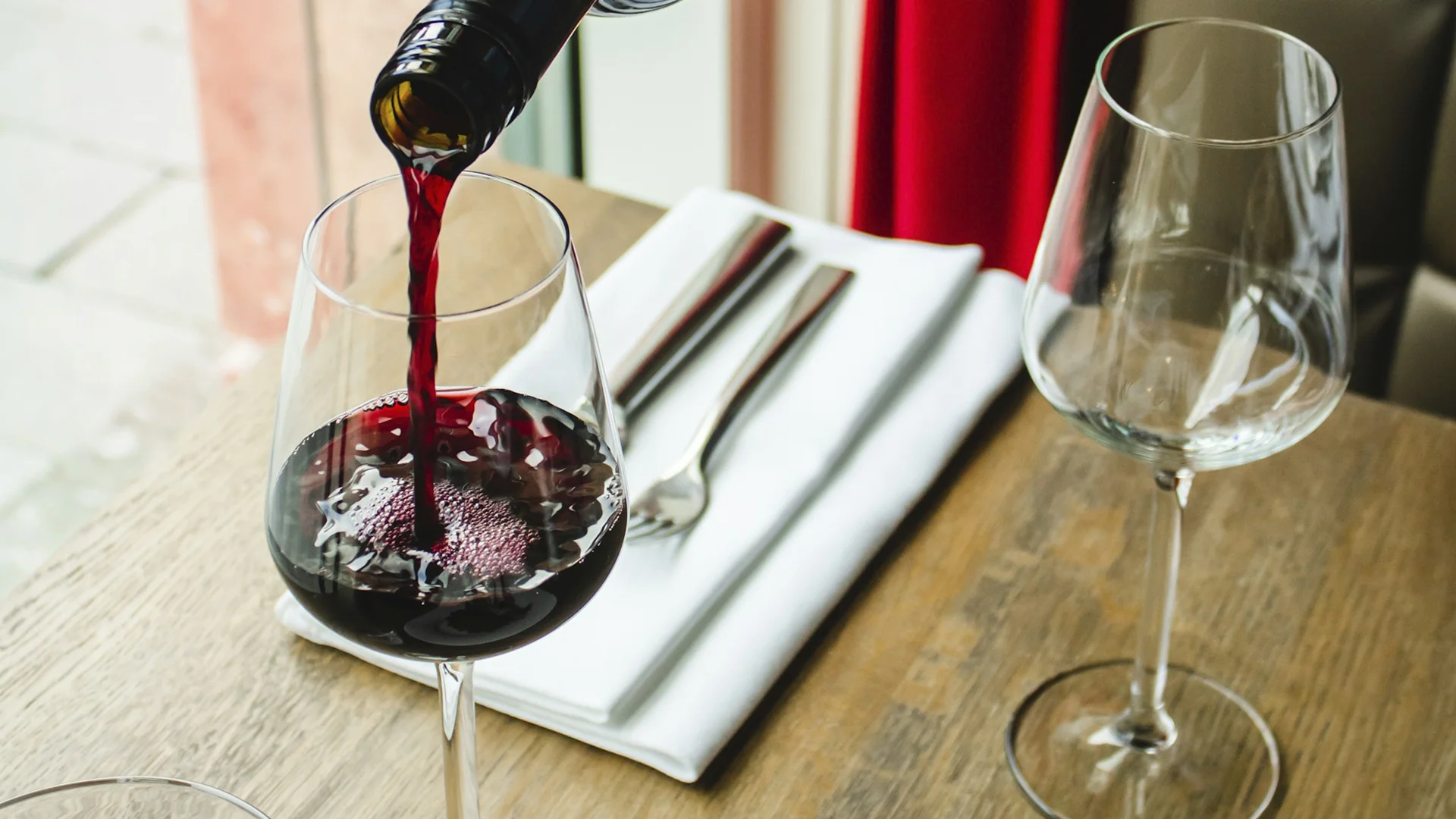












.webp)

.webp)
.webp)
.webp)



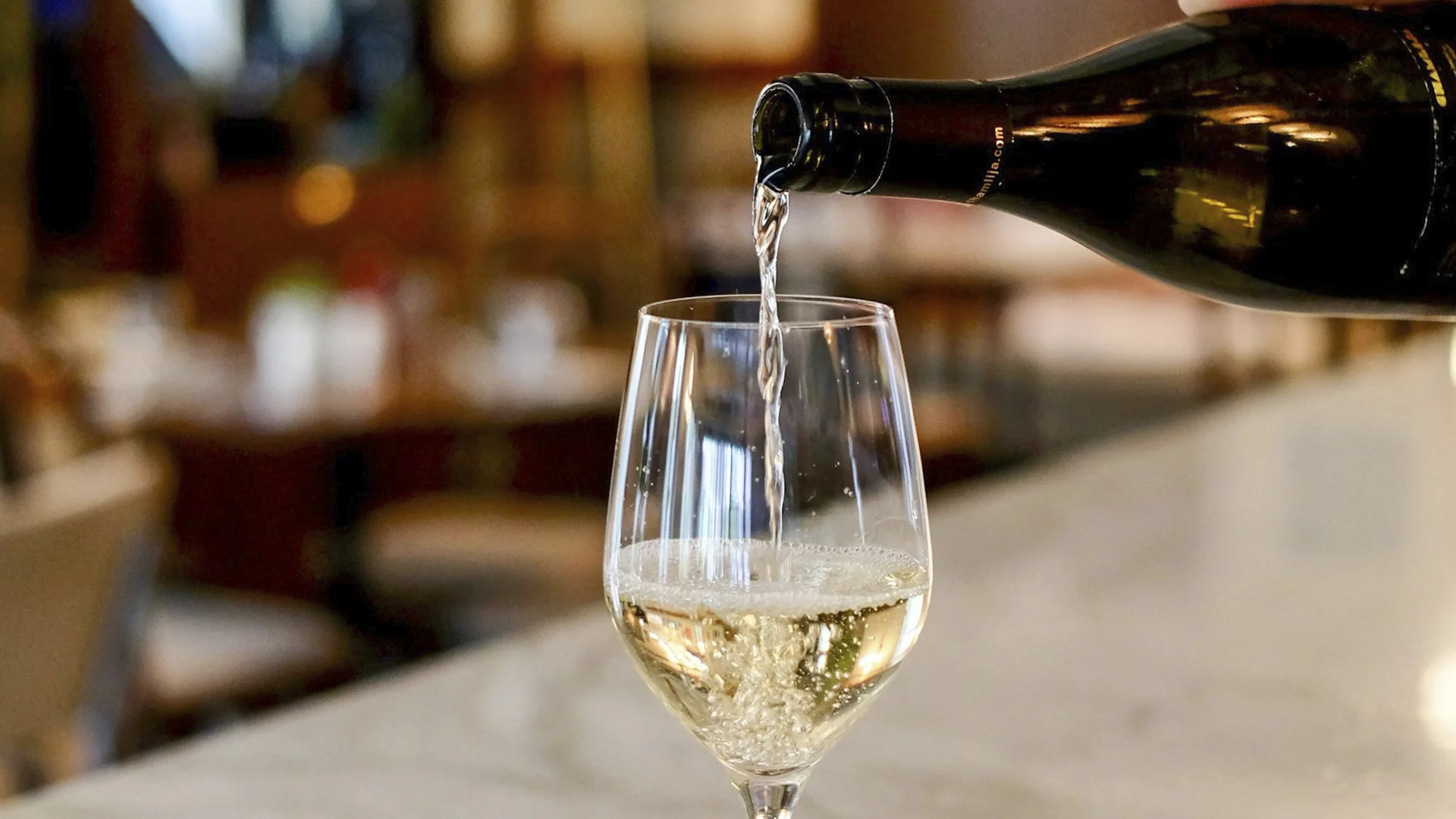


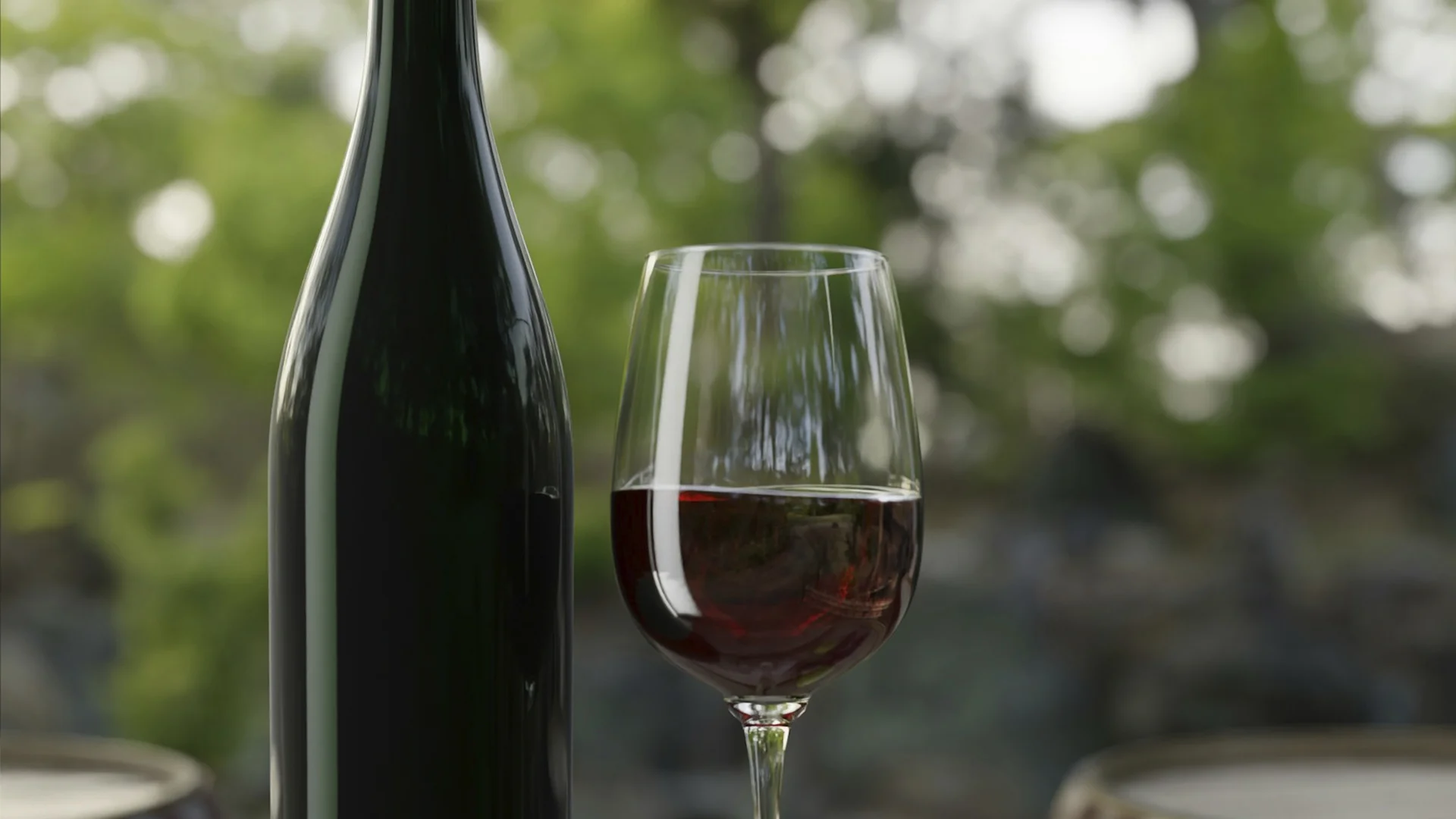



















.webp)













Are you interested in
collaborating with us?